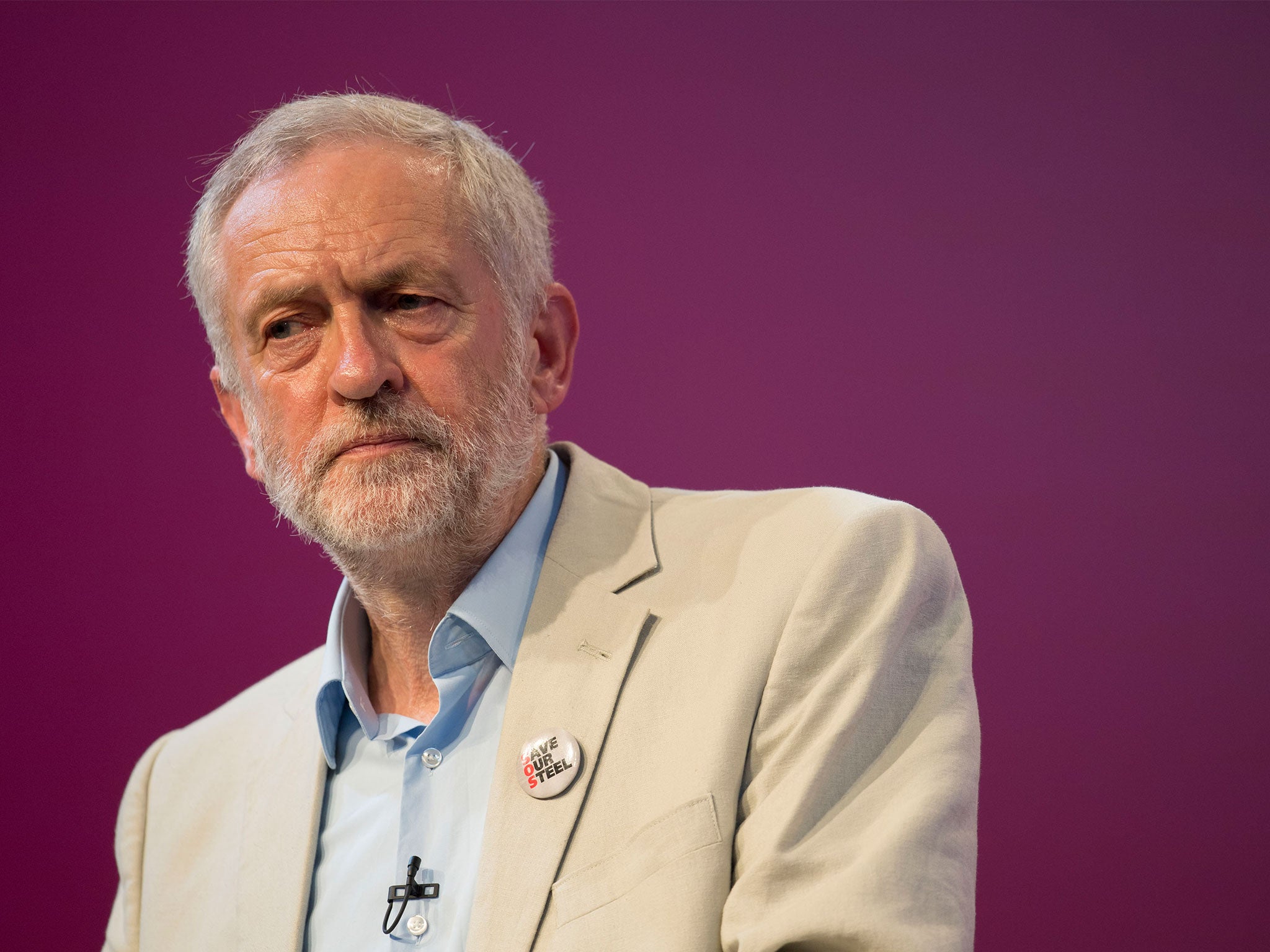Labour has 9 per cent chance of forming majority government at next election, says electoral report
Theresa May will likely gain a 90 seat majority at the next election, according to analysis of latest opinion polls

Your support helps us to tell the story
From reproductive rights to climate change to Big Tech, The Independent is on the ground when the story is developing. Whether it's investigating the financials of Elon Musk's pro-Trump PAC or producing our latest documentary, 'The A Word', which shines a light on the American women fighting for reproductive rights, we know how important it is to parse out the facts from the messaging.
At such a critical moment in US history, we need reporters on the ground. Your donation allows us to keep sending journalists to speak to both sides of the story.
The Independent is trusted by Americans across the entire political spectrum. And unlike many other quality news outlets, we choose not to lock Americans out of our reporting and analysis with paywalls. We believe quality journalism should be available to everyone, paid for by those who can afford it.
Your support makes all the difference.This article has been updated. The Electoral Calculus' model initially displayed the incorrect figure of '0' which The Independent reported on. This has since been ameded to '9%', and the article below has been amended accordingly.
The statistical probably of Labour forming a majority government at the next election - to the nearest percentage point - is nine, while the most likely outcome on current showing is that the Conservatives will come back with an outright majority of 90, according to a new report.
The analysis by Electoral Calculus, based on statistics and opinion polls, offers a different conclusion to the gut instincts of some of the people who bet on politics, who believe Jeremy Corbyn in with a chance of victory.
The Boundary Commission is currently examining how to reduce the number of MPs from its present level of 650 to 600 in time for the 2020 general election – though if Theresa May were to go for a snap election it would be fought on the current boundaries, which is one reason that she is likely to let the current Parliament run its full five year term.
UK Polling Report has calculated that if people voted exactly as they did in the 2015 general election, the boundary changes on their own would increase the Conservatives’ Commons majority from 12 to 48, as 30 Labour held seats disappeared, compared with only seven Tory seats and six now held by the SNP.
Electoral Calculus have adjusted that calculation using the results of opinion polls conducted in July, with a combined sample of 7,952 people polled, which put the Conservatives on 40 per cent overall, compared with Labour on 29.5 per cent.
On those figures, the Conservatives could expect to see an increase in the number of seats, from 331 to 345, despite the reduction in the size of the Commons, while Labour would suffer a catastrophic drop from its 2015 level of 232 to 182.
Using modelling techniques, Electoral Calculus has also reckoned that there is 63 per cent probability of a majority Conservative government being elected in 2020, and a 21 per cent chance of the Conservatives being returned as part of a coalition government. Labour, they calculate, has a six per cent chance of being in a coalition government, while the probability of a majority Labour government is only slightly more likely at 9 per cent.
The calculations, based on computer modelling, bear almost no relation to where punters are putting their money, as they see Jeremy Corbyn touring the country being greeted by huge crowds everywhere he goes.
With Theresa May looking as if she could be Prime Minister for many years, the odds on Boris Johnson or any other named Tory succeeding her have lengthened, leaving Jeremy Corbyn in the unlikely position of the bookies’ favourite to be the next Prime Minister. Ladbroke, for instance is offering odds of 9-2 on Corbyn, 7-1 on Johnson and 12-1 on Owen Smith to succeed Mrs May. All other Tories have longer odds than either of the two Labour contenders. William Hill offers the same odds as Ladbrokes on Johnson and Smith, but a slightly longer 5-1 on Corbyn. PaddyPower offers Corbyn 11-2, Smith 13-2, and Johnson 8-1.
Subscribe to Independent Premium to bookmark this article
Want to bookmark your favourite articles and stories to read or reference later? Start your Independent Premium subscription today.
Join our commenting forum
Join thought-provoking conversations, follow other Independent readers and see their replies
Comments